We independently evaluate all recommended products and services. If you click on links we provide, we may receive compensation.
You may have first encountered skin slugging on social media, but like most online beauty trends that pop up seemingly out of nowhere, it’s been around for decades. In her own version of slugging, Marilyn Monroe was known to use Vaseline before bathing as a way to amplify her skin softness and radiance. The more modern method of sealing the skin with an occlusive product in order to minimize transdermal water loss can be traced to Korean beauty practices.
With more than 100 million “skin slugging” posts on TikTok, more people are trying the trend than ever. But do skin experts back the practice? For that we tapped a dermatologist, medical aesthetic provider, and cosmetic surgeon to share their expertise on how, when, and why to slug, if at all.
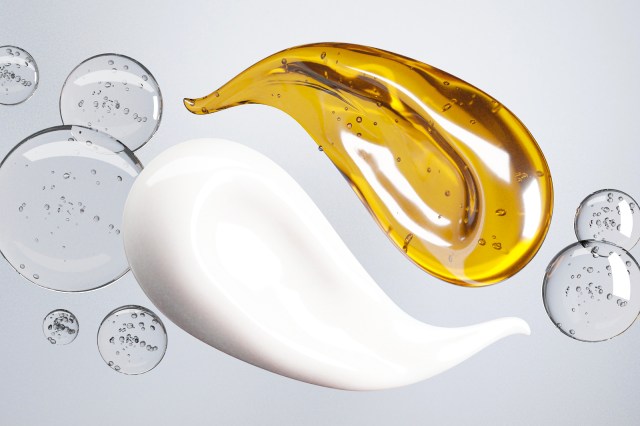
What Is Skin Slugging?
Though not a dermatological term (the jury is out on who coined the name), skin slugging is a method of sealing the skin with an occlusive product (such as Vaseline or Aquaphor) as a last step in a nighttime skin care routine. This traps moisture in the skin and minimizes transepidermal water loss for more glowing, hydrated skin by morning. “It is often recommended as a way to treat dry skin or heal a compromised skin barrier,” says Melanie Palm, M.D., a board-certified dermatologist and cosmetic surgeon based in San Diego, California.
For many of us, the idea of waking up to soft, supple skin via a simple overnight treatment is about as seductive as it gets for off-the-shelf skin care. But experts agree that instant results aren’t likely. That said, over time, the practice can help repair the skin barrier from a dry, itchy, and red state to one that’s healthy and strong. Vanessa Lee, R.N., a medical aesthetic provider and founder of The Things We Do skin studios and product line, says that in addition to reducing redness, the practice can increase hydration and softness and even decrease fine lines.
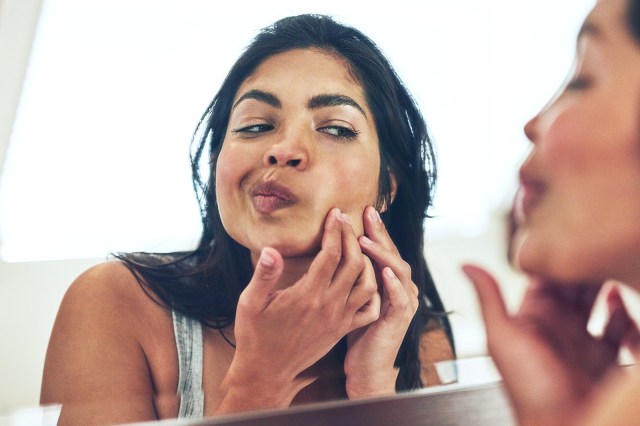
Slugging Can Work on All Skin Types
Like most skin trends, this one isn’t for everyone. “I generally advise against slugging if you have oily or acne-prone skin,” Dr. Palm says. “The point of slugging is to seal in moisture via occlusive agents that are often petrolatum-based and therefore, can be comedogenic and make someone who is acne-prone more susceptible to clogged pores and breakouts. If you don’t have dry skin, I would use slugging conservatively and save it for the dry winter months when you really need it.”
Lee recommends taking a more delicate approach to slugging for oily and/or acneic skin types. “Because slugging concentrates whatever effect you are trying to achieve with your skin care underneath it, the method can be used for all skin types responsively if you adjust the thickness of the slugging layer and frequency of slugging according to your skin type,” she says.
“For example, normal-to-dry skin can use a thicker slugging layer on top of hydration essences to really boost skin hydration and moisture, two to three times a week,” she continues. “But someone who is oily and has sporadic breakouts can place on a serum with a low percentage of glycolic acid under a very light layer of Aquaphor once a week to amplify the cell turnover and reduce transepidermal water loss and dehydration.”
Though she sees slugging as something from which all skin types can benefit, Lee suggests speaking with a dermatologist about the best way to incorporate it into a routine that’s calibrated for your skin.
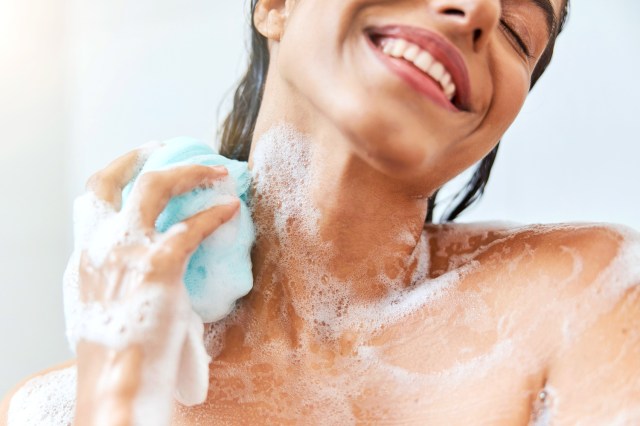
How To Prep Skin for Slugging
Another caveat to slugging that is often glossed over: Save the routine for after you’ve sufficiently cleansed your skin. “Slugging attempts to seal in moisture, so if you have clogged pores or you haven’t cleansed properly before slugging, you’re potentially trapping in dirt, makeup, and bacteria in your pores,” Dr. Palm says. “These trapped particles can result in a breakout and inflammation.” What’s more, a buildup of dead skin cells can contribute to post-slugging breakouts and a compromised skin barrier, so light exfoliation is often suggested as a way to prep skin when cleansing. Lee suggests a double cleanse before slugging to best prep skin for the treatment.
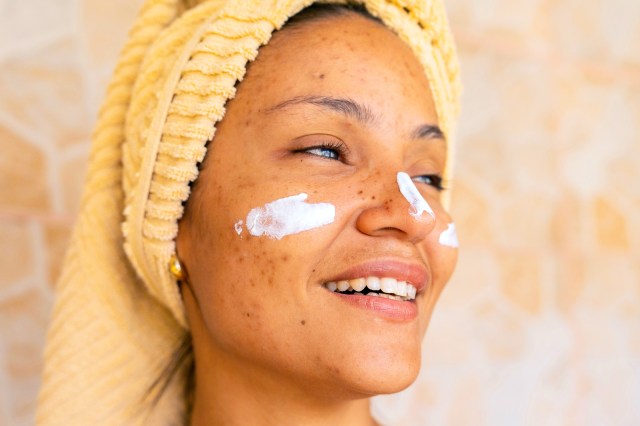
Layer Responsibly
Our experts agree that when slugging, the steps taken before adding that occlusive layer are vital. Dr. Palm suggests applying other hydrating agents such as ceramides, peptides , and hyaluronic acid before sealing in moisture with a final occlusive layer. “If you’re truly struggling with transepidermal water loss, you may also consider sleeping with a humidifier next to your bed to amplify the benefits of slugging,” she says.
Lee, who practices slugging herself, has optimized the practice for her skin by using a hypochlorous acid spray, hydrating essence, and skin brightener/dark spot treatment before slugging. The registered nurse, who has sensitive skin with mild rosacea in the cheeks and a breakout-prone chin area, swears this method helps her “wake up with hydrated, healthy skin.”
That said, slugging routines vary immensely, so be sure to talk with your skin care provider before landing on your best routine. This is particularly important because the side effects of certain skin care actives, such as alpha hydroxy acids, beta hydroxy acids, and retinoids (popular exfoliating ingredients), can be amplified by slugging. “I generally recommend against using these ingredients when you’re slugging to avoid irritation,” Dr. Palm says.
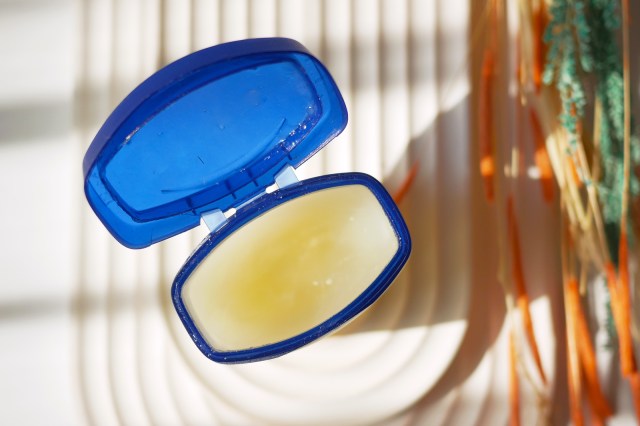
Is Slugging Safe?
The most common ingredients that act as a barrier to trap moisture in the skin are mineral oil, petrolatum (or petroleum jelly, a combination of mineral oil and waxes), and lanolin (an animal byproduct obtained from shorn wool). Increasingly, ingredients such as bisabolol (extracted from chamomile) and castor oil are used as alternatives in occlusive ointments.
From a safety perspective, these ingredients have been widely used for generations — for example, mineral oil was first formulated for skin care some 200 years ago — and research has shown skin benefits with use. Though as Dr. Palm points out, “lanolin can be an excellent occlusive to help maintain the skin barrier, but it can also be a contact allergy. Some patients with wool allergies may have a particular sensitivity to it.”
In addition, concerns have risen recently about petrolatum’s manufacturing process releasing polycyclic aromatic hydrocarbons (PAHs), which have been linked to cancer. But this is only when petrolatum is unrefined (and manufacturers are supposed to use refined), so look for products that are USP-grade with the United States Pharmacopeia seal. Popular brands including Vaseline and Aquaphor are safe bets.
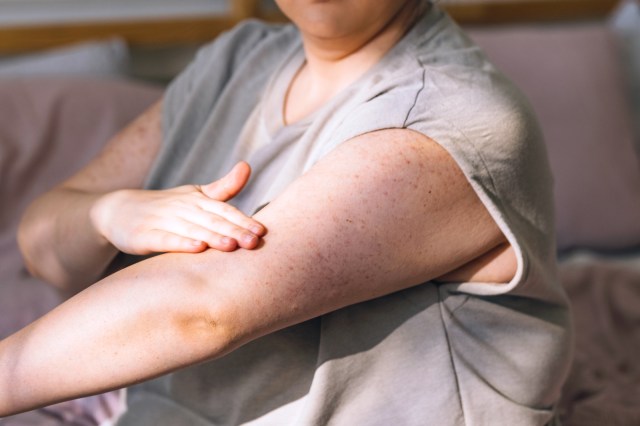
What To Expect From Slugging
Though slugging can deliver more supple skin, the practice won’t save us from all our skin issues. “It can be a useful tool for those with dry skin types or compromised skin barriers, but these issues are typically better addressed by helpful modifications to your skin care routine that you can implement daily and consistently,” Dr. Palm says.
Dr. Amir Karam, a plastic surgeon based in San Diego, says that one of the biggest misconceptions of slugging is that it has an antiaging effect on the skin. But the balms, jellies, and ointments designed to create a barrier on the skin typically don’t contain ingredients that ramp up collagen production. “Slugging alone does not have any impact on biological skin aging,” he clarifies.
Lee adds, “Slugging is to be used as an aid in your skin care and skin health process, but not one single thing will solve all of your skin issues. It’s a healthy collaboration of protection and preservation — along with proper cleansing and a healthy diet — that will be your overall savior.”
Shop the trend:
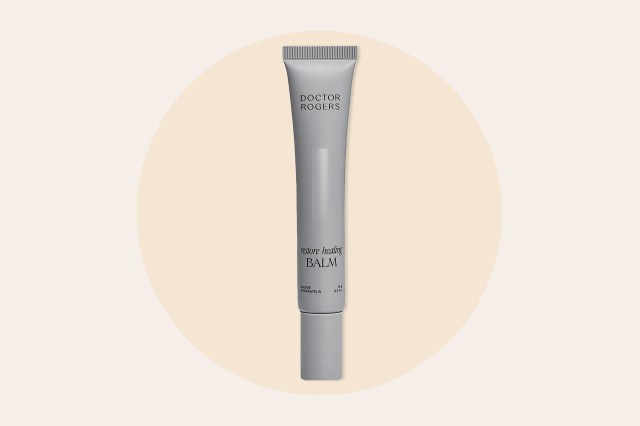
1. Doctor Rogers Restore Healing Balm
Created by a dermatologist as a mineral oil and petrolatum-free answer to mainstream occlusive ointments, this balm is a slugging solution that also works wonders to heal skin from cuts, burns, and injury caused by treatments such as lasers and microneedling.
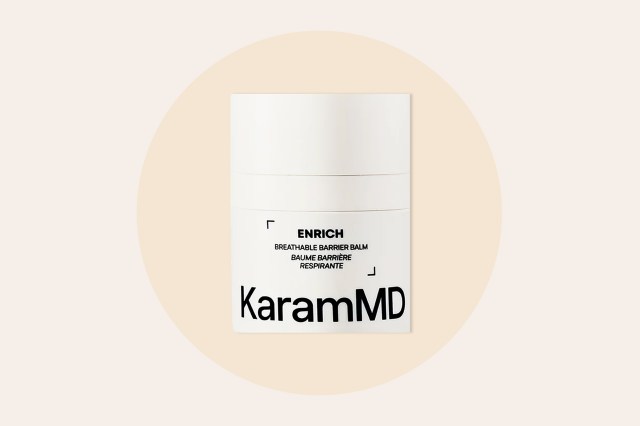
2. KaramMD Enrich Breathable Barrier Balm
When developing this product, which is loaded with plant and seed oils to create a physical barrier and prevent water loss, Dr. Karam also included a plant-based retinol ingredient to address indicators of aging. “Additionally, it absorbs evenly into the skin and doesn't get on pillows and sheets, which tends to have a negative effect on the hair as well,” he says.
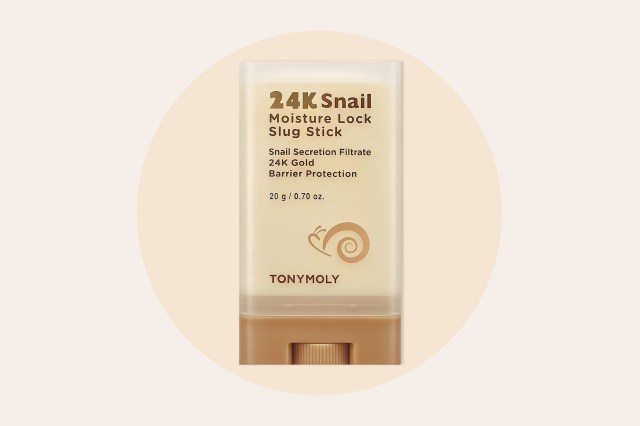
3. TonyMoly 24K Snail Moisture Lock Slug Stick
Smartly formulated and packed in a travel-friendly stick format, this petrolatum-based formula allows for touchless application — and no mess.
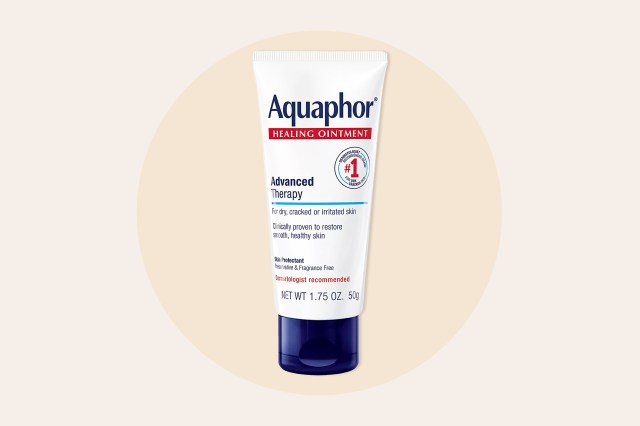
4. Aquaphor Healing Ointment Skin Protectant and Moisturizer
For her slugging needs, Lee reaches for Aquaphor, which is both an occlusive and a moisturizing agent (thanks to included glycerin). After deeply cleansing skin, applying hypochlorous acid spray, a hydrating essence, and The Things We Do Pigment Remedy, she seals in actives as a last step.
“I take two pea-sized dollops of Aquaphor and emulsify it in my hands before patting it into my skin in an even layer all across my face, avoiding the under-eye area where I am prone to getting milia,” she says.
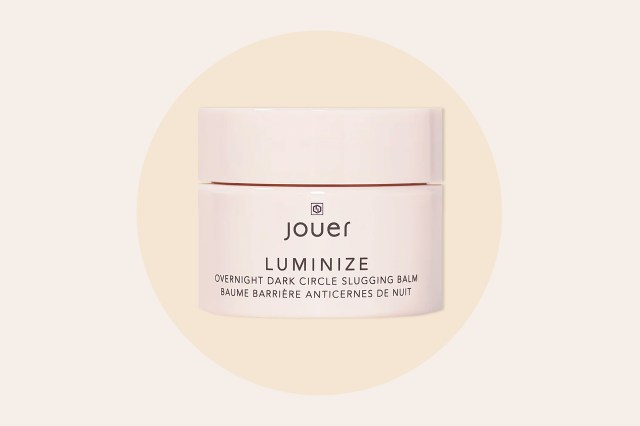
5. Jouer Overnight Dark Circle Slugging Balm
Many ointments irritate eyes and the skin around it, either by bleeding into the eyes with wear or by causing congestion and the formation of milia. This slugging balm, which can be worn over moisturizer or on its own, was developed specifically for the delicate eye area; is petroleum-, petrolatum-, and mineral oil-free; and works to seal in moisture and other ingredients. As a bonus, it includes vitamin C, vitamin K, and caffeine to help brighten and depuff.
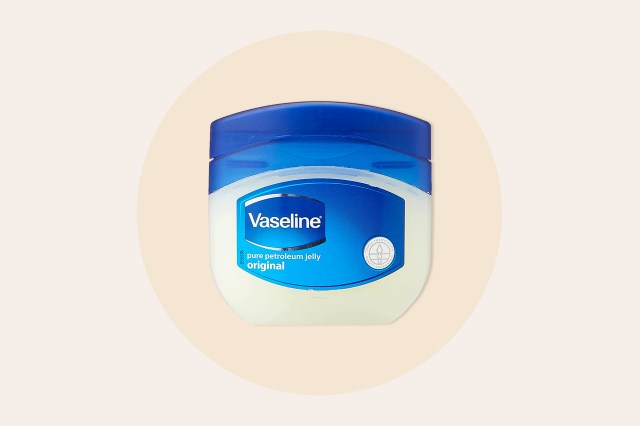
6. Vaseline Petroleum Jelly
Marilyn Monroe’s weapon of choice for slugging was this tried-and-true, 100% pure petrolatum jelly, which has been in circulation for 150 years and more recently was awarded the U.S. National Eczema Association Seal of Acceptance as appropriate for sensitive skin. At less than $1 an ounce, it’s also the most affordable way to try the trend.

7. Lanolips The Original 101 Ointment Multipurpose Superbalm
This bestselling ointment uses lanolin (humanely sourced from sheep’s wool) instead of petrolatum or mineral oil. Lanolin works to trap moisture and heal skin by mimicking our skin’s natural oils.
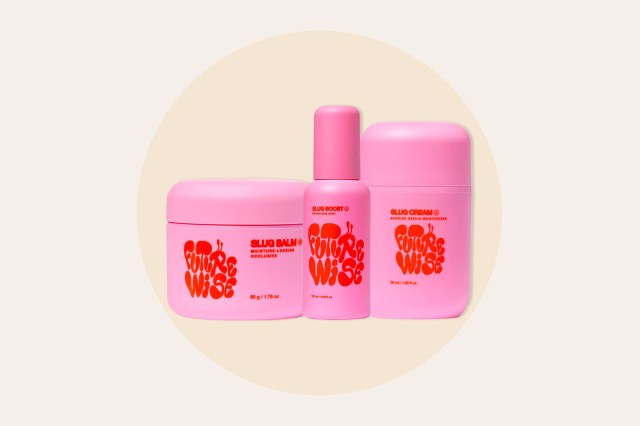
8. FutureWise Slugging System
This skin care system was created just for slugging purposes, packed with a vegan triple lipid complex. Start with the Slug Boost hydrating mist, follow with the Slug Cream, and finish with the Slug Balm to lock in hydration.
This article is for general informational purposes only.
Affiliate Disclaimer Medical Disclaimer



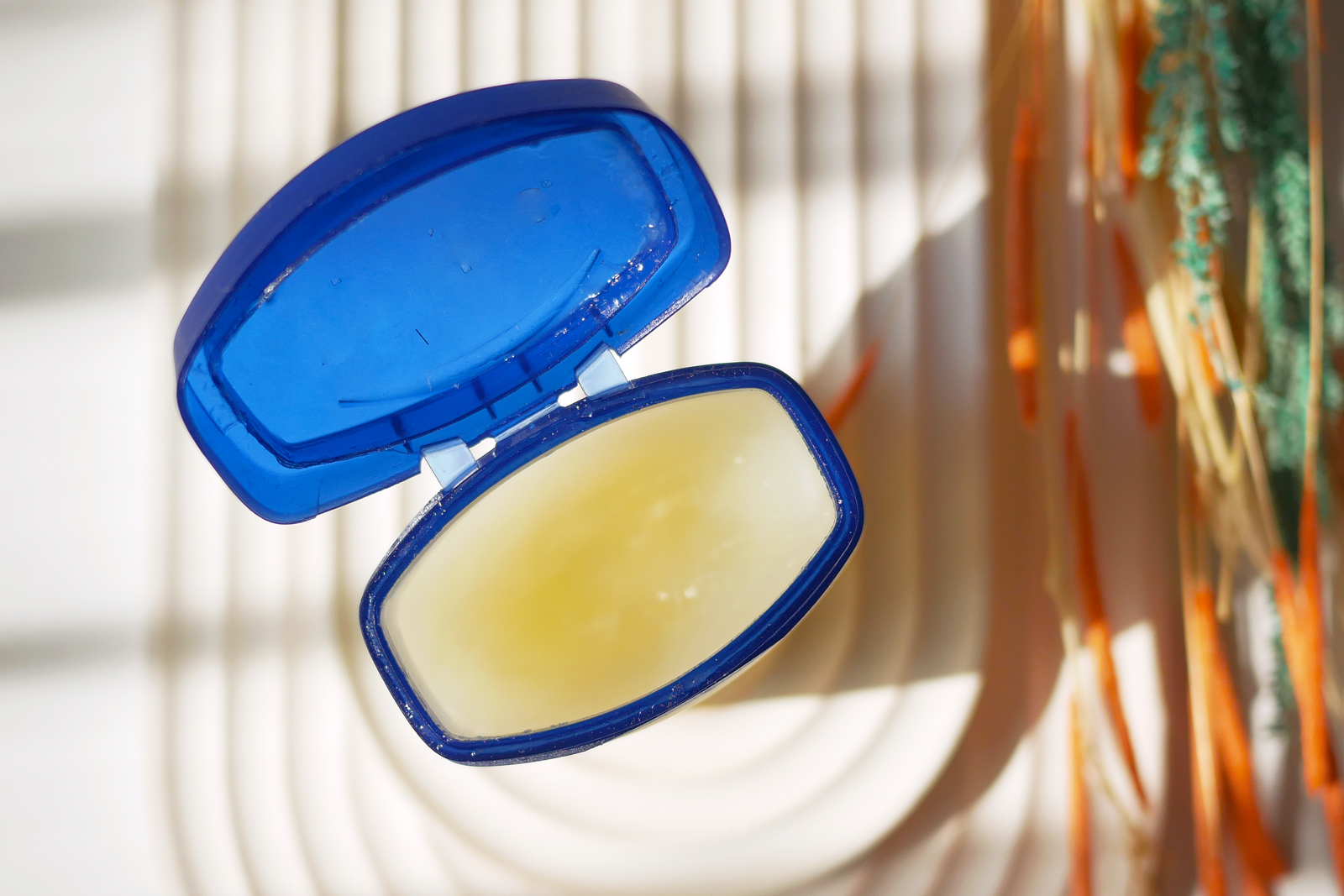



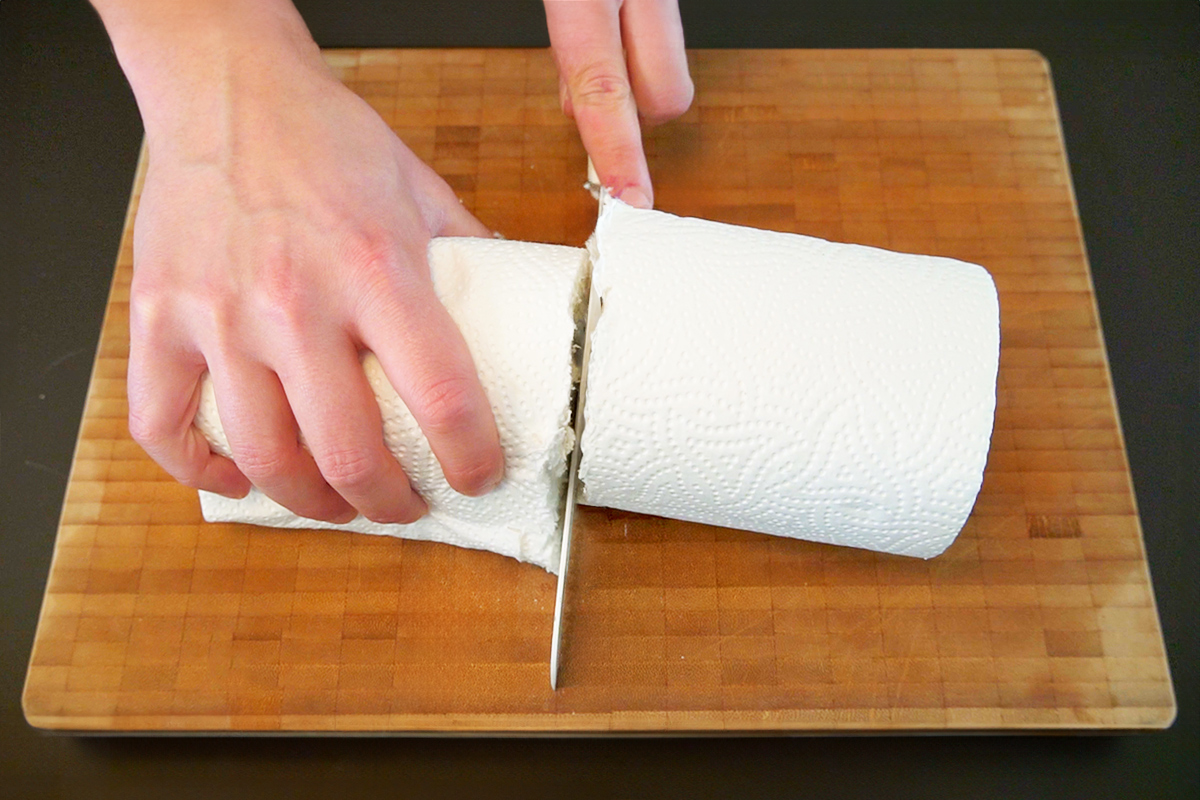


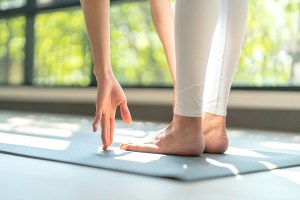


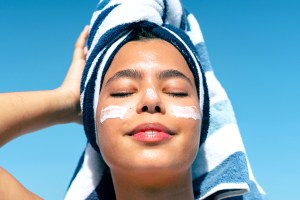


 Unique Beauty is free for all users.
Unique Beauty is free for all users.